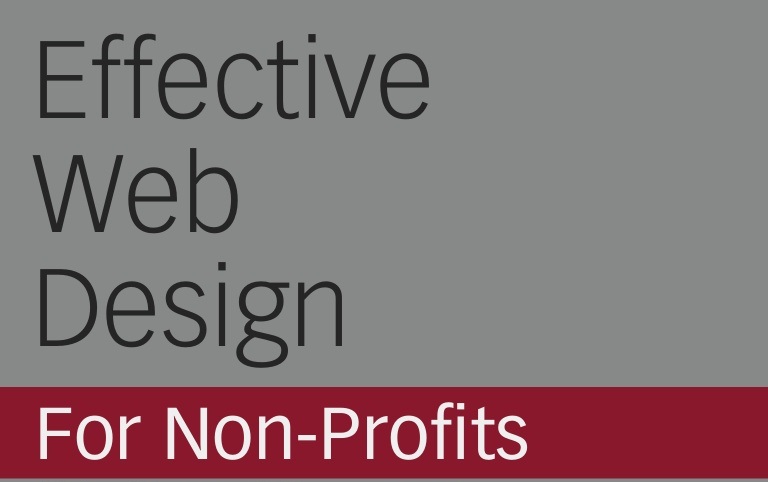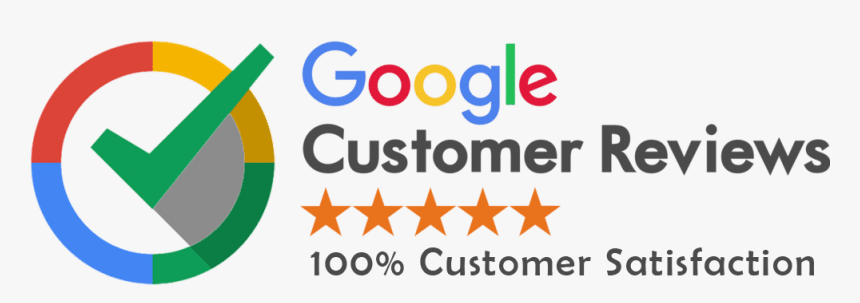Share Your Message With Your Content
4 Keys to Successful Web Design for Nonprofit- Users Need to Know. Nonprofits should make their sites a place for people to consult and spend time, not just a placeholder with phone numbers, addresses and board members. A good web design in Dubai will focus on the coupling of the message of the organization with the information that people can retain and remove the site.
Help People Help You
This is one of the most significant and complicated tasks specially focused by nonprofit organizations by the best Dubai Website Designer. The trick is to incorporate calls to action within valuable content without losing the message or overwhelming the user. While many nonprofit organizations resist spreading your message too many times and tell too many people, it is important to make clear what is donated to the organization. Spell it out “Gives you this, we can do that” Images are also a great way to represent the movement of funds across the organization, from the donor to the program.



